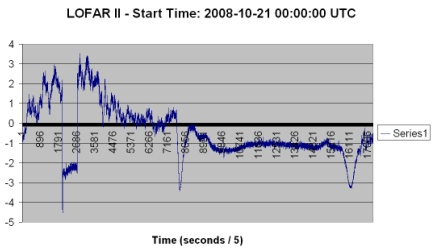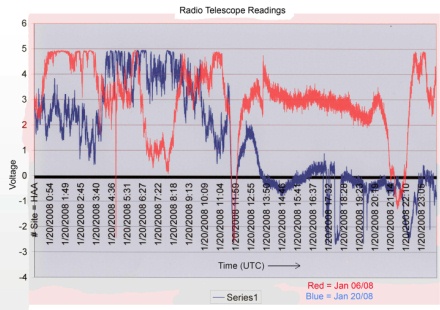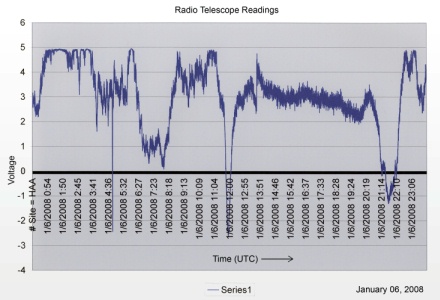Dear Organization,
On October 19, 2007 at 7 pm (central) Dr. J. Craig Wheeler, renowned astrophysicist and author, will lead an exploration of ideas at the cutting edge of current astrophysics. His extraordinary journey to investigate explosions of supernovae, resulting neutron stars, mysterious black holes, and elusive gamma ray bursts are far from science fiction. (Full summary below)
We would like to invite members of your organization and/or visitors of your website to view our Live Webcast of the lecture, October 19, 2007 at 7 pm (central). If possible, posting a link to this event on your website or forwarding the information to your members who may be interested in this lecture is greatly appreciated. Our webcasts are very high quality, and viewers can submit questions to the speaker through our website and the speaker answers the online questions in real time. The webcasting software we use requires viewers to download a small plugin, but it is very simple and quick to install.
A link to the details of the lecture and the webcast could be found at:
www.esi.utexas.edu/outreach/ols/lectures/Wheeler
What is the lecture about?
Dr. J. Craig Wheeler, renowned astrophysicist and author, will lead an exploration of ideas at the cutting edge of current astrophysics. His extraordinary journey to investigate explosions of supernovae, resulting neutron stars, mysterious black holes, and elusive gamma ray bursts are far from science fiction. These exotic objects in our universe make up the life cycle of stars, are the basis for planets and life, and measure the history and fate of our Universe. Dr. Wheeler_s lecture follows the formation of supernovae, their characteristic shape and its significance, as well as the resulting celestial objects formed by the collapse of a star. Along the way, Dr. Wheeler examines evidence suggesting that the Universe is actually accelerating. He also explains recent developments in understanding gamma-ray bursts – perhaps the most catastrophic cosmic events of all.



